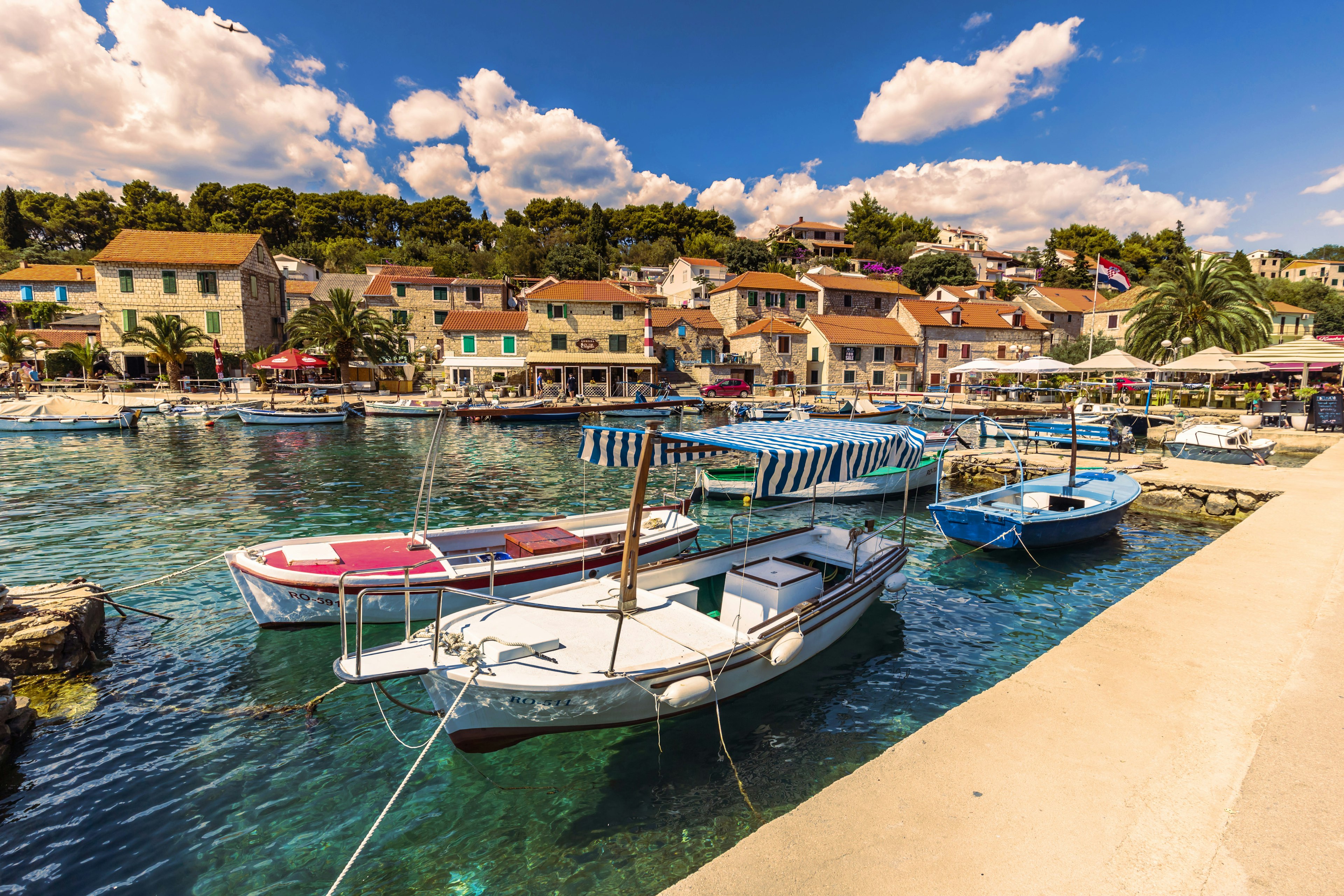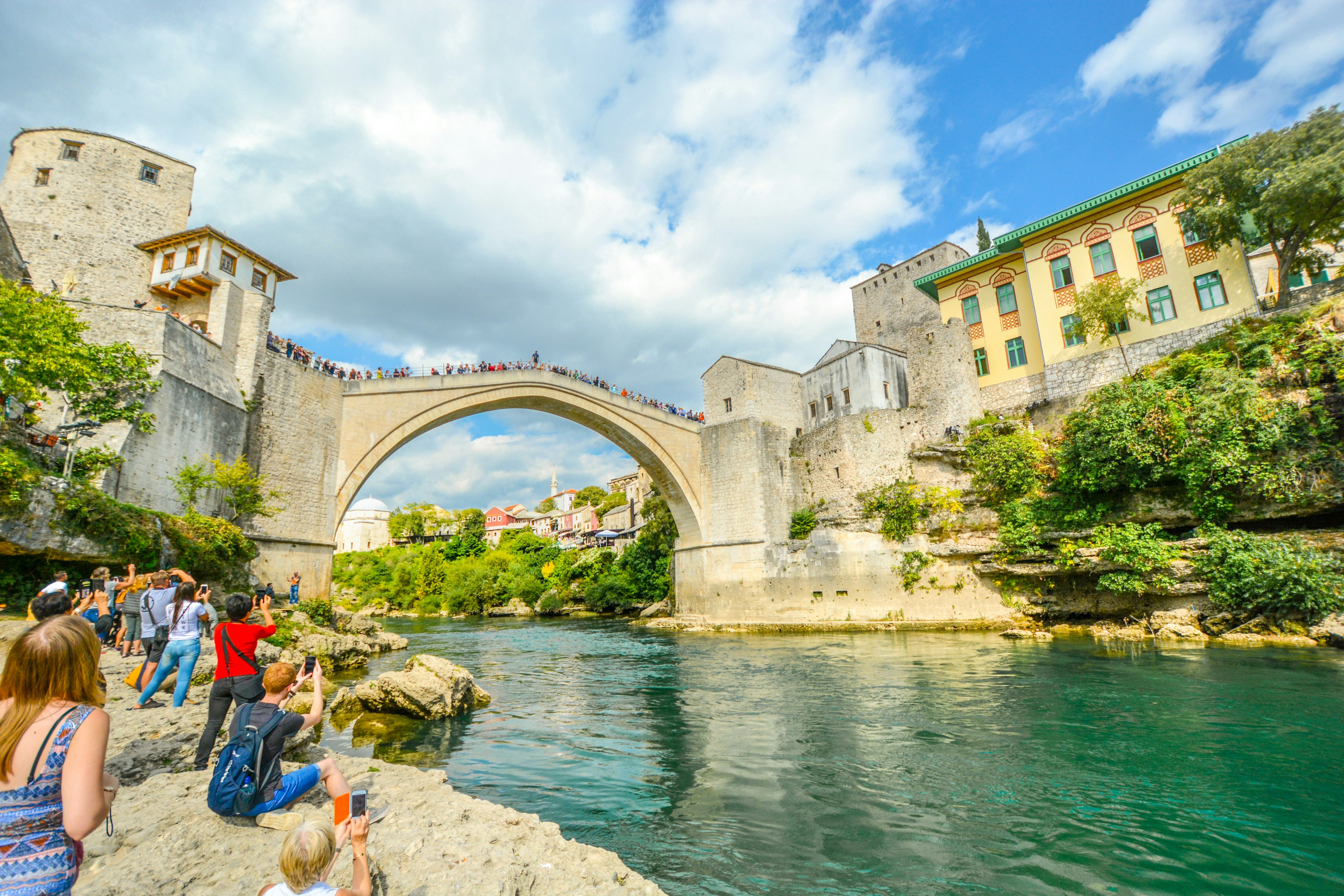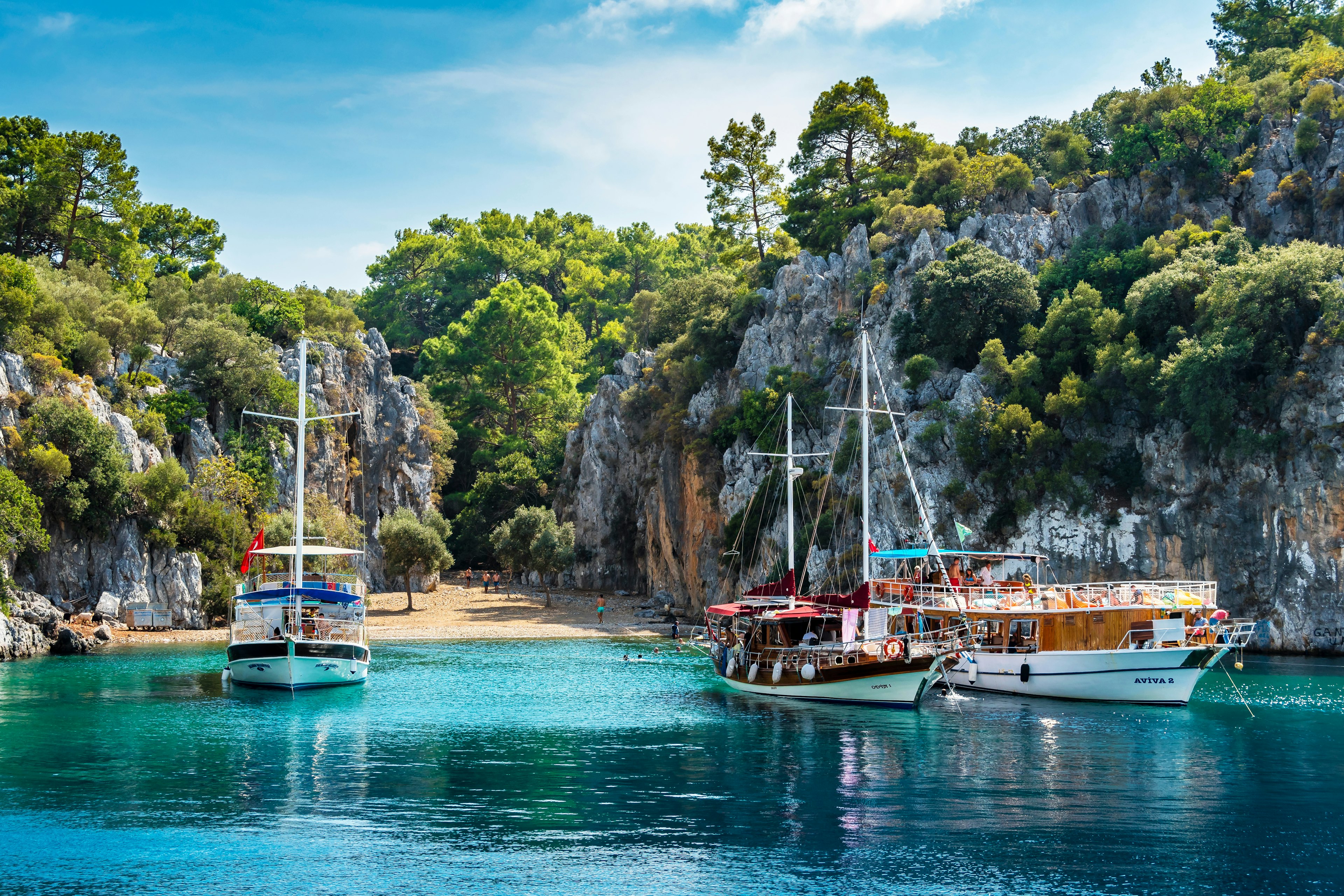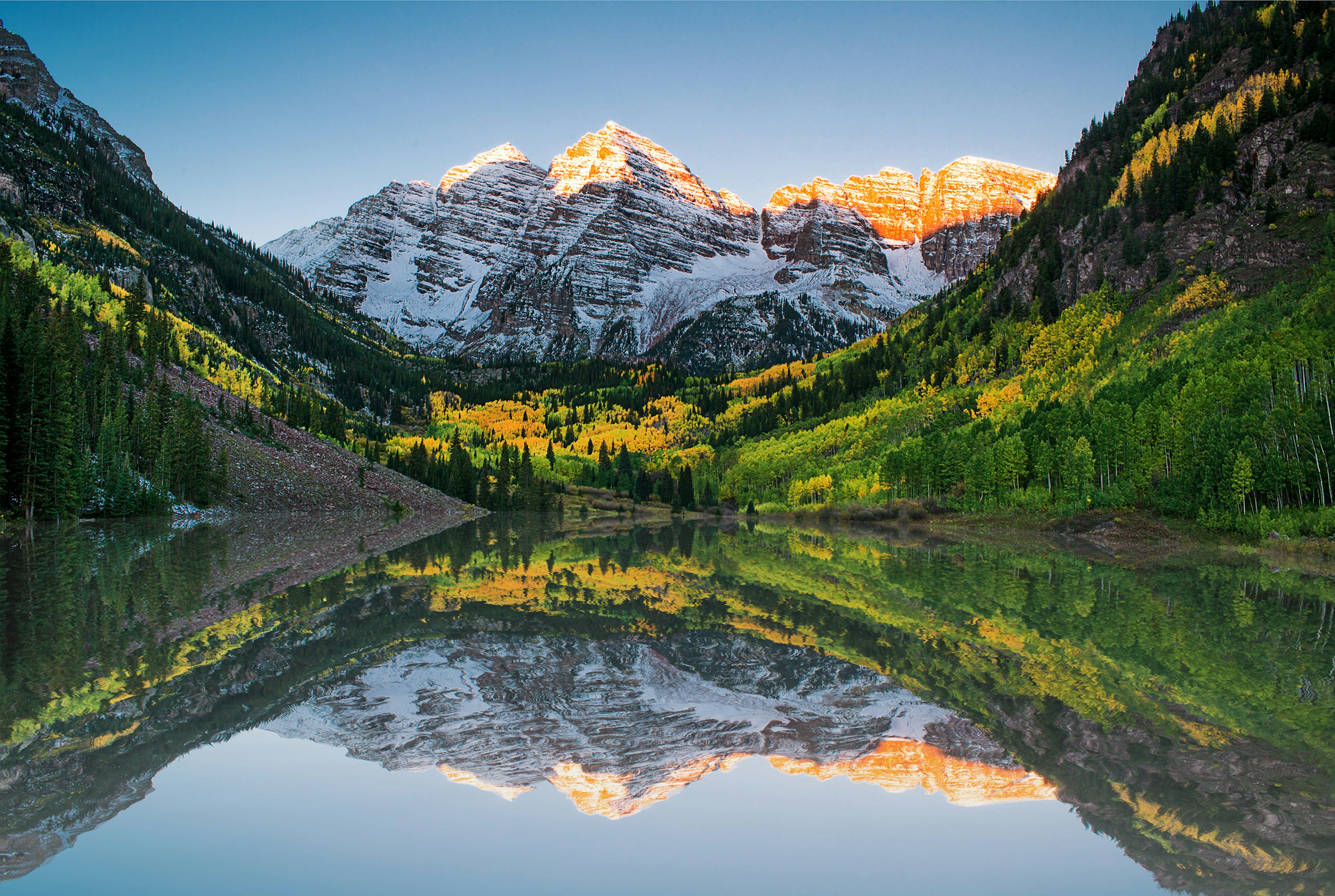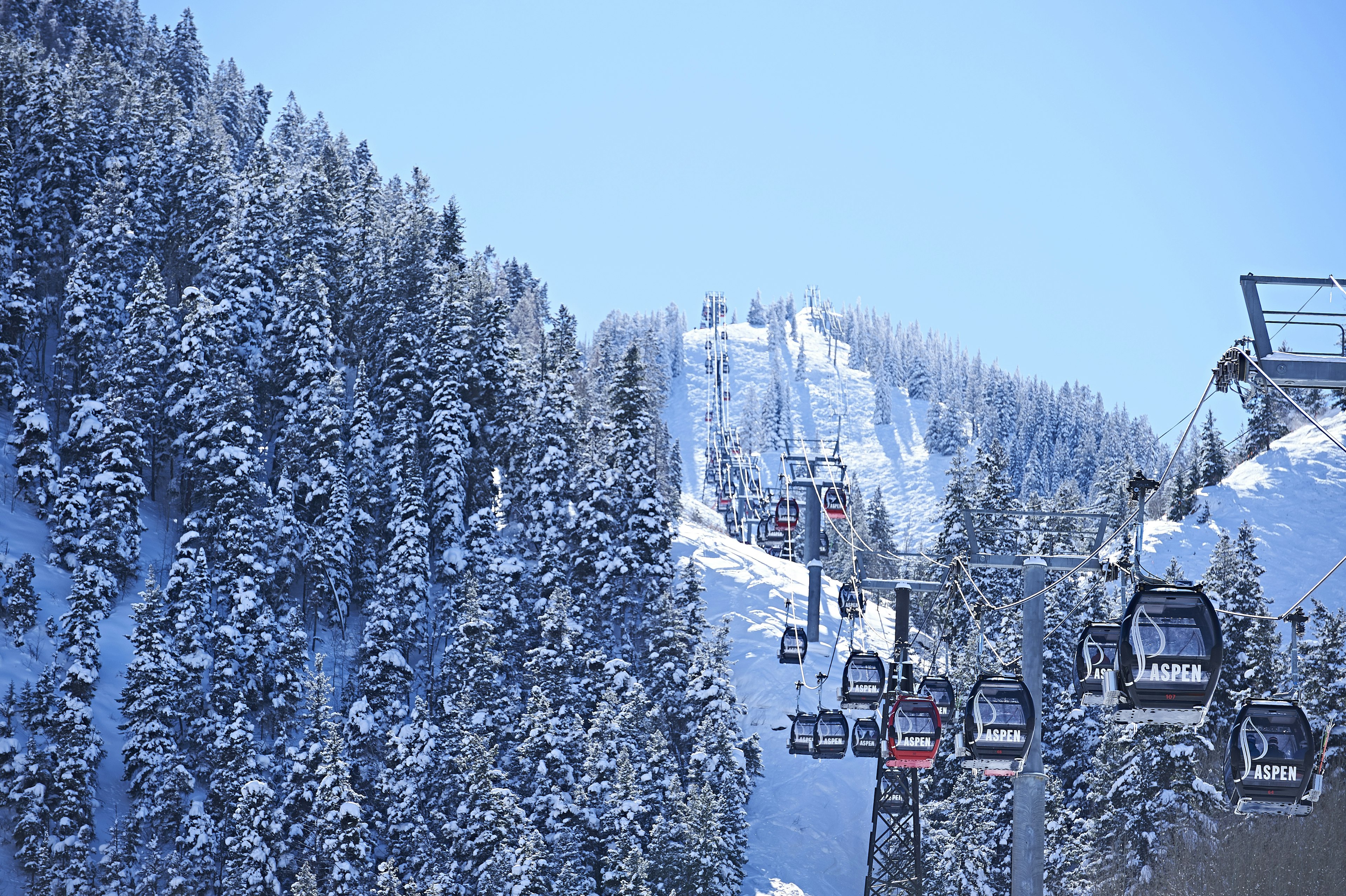Quelles sont les meilleurs façons d’exprimer votre affection pour la Nouvelle-Orléans ? En prendre congé pour une journée.
Que ce soit pour fuir le climat torride et moite, rechercher une aventure en plein air ou simplement chercher un répit du tumulte coloré et bruyant de la Big Easy, voici quelques-unes des meilleures suggestions pour des excursions d’une journée à partir de la Nouvelle-Orléans.
1. Parcourez les marécages de la réserve de Barataria
Durée du trajet : 40 minutes en voiture
L’une des façons préférées d’expérimenter les riches zones humides du sud de la Louisiane est de visiter la réserve de Barataria, un parc national situé à environ 40 kilomètres au sud de la Nouvelle-Orléans. De simples sentiers de terre et des promenades en bois traversent les marécages ici, et vous pourriez apercevoir des alligators locaux (bien que les observations de la faune soient souvent obstruées par la prolifique flore aquatique envahissante). Sur le chemin de retour vers la Nouvelle-Orléans, arrêtez-vous au remarquable Tan Dinh pour déguster une excellente cuisine vietnamienne.
Comment se rendre à la réserve de Barataria depuis la Nouvelle-Orléans : Prenez l’US-90 et traversez le pont de connexion Crescent City sur le Mississippi jusqu’au Westbank de la Nouvelle-Orléans. À partir de l’US-90, prenez la sortie 4B pour accéder à Barataria Blvd, qui mène à la réserve.
2. Ressentez l’ambiance de plage de la côte du Golfe du Mississippi
Durée du trajet : 1 heure 30 minutes jusqu’à Gulfport en voiture
Bien que directement liées à l’eau, il n’y a pas vraiment d’accès à la plage à la Nouvelle-Orléans, à part quelques bandes de sable peu accueillantes sur le lac Pontchartrain. Bien que les plages de Gulf Shores et de Dauphin Island en Alabama soient assez jolies, elles se trouvent également à une certaine distance. Envisagez plutôt le sable décent, les restaurants accueillants et l’ambiance de bord de mer généralement détendue des villes de la côte du Golfe du Mississippi comme Bay St Louis et Gulfport. Bien que cette région puisse être inondée de voyageurs d’un jour lors des chauds week-ends, une échappatoire relativement tranquille vous attend en semaine.
Comment se rendre à la côte du Golfe du Mississippi depuis la Nouvelle-Orléans : En allant à l’est sur l’I-10, vous longerez toute la côte du Mississippi jusqu’à la frontière de l’Alabama.

3. Immergez-vous dans la culture cajun à Lafayette
Durée du trajet : 2 heures 30 minutes en voiture
Tout aussi légendaire que la Nouvelle-Orléans elle-même, le Pays cajun est une terre de prairies, de marécages profonds, de bonne musique et de plats succulents dont vous ne voudrez probablement pas parler à votre cardiologue. “Acadiana,” comme on l’appelle, est composée de nombreuses petites villes éparpillées dans le sud-ouest de la Louisiane. La capitale de la région est Lafayette, une petite ville amicale située à 225 kilomètres à l’ouest de la Nouvelle-Orléans, remplie de délicieuses options culinaires et de salles de musique live de qualité. Ne partez pas sans passer une soirée de danse au Blue Moon Saloon.
Comment se rendre à Lafayette depuis la Nouvelle-Orléans : Empruntez l’I-10 vers l’ouest. Une partie de la route traverse le bassin préservé d’Atchafalaya, l’une des dernières zones humides sauvages de l’État.
4. Abordez l’histoire édifiante de l’esclavage à la plantation Whitney
Durée du trajet : 1 heure en voiture
Une série de demeures d’avant-guerre restaurées se trouve à environ 80 kilomètres à l’ouest de la Nouvelle-Orléans, et la plantation Whitney est la plus intéressante à visiter parmi celles-ci. Alors que la plupart des sites de plantation mentionnent maintenant au moins l’histoire de l’esclavage, le Whitney est un musée dédié à confronter et à explorer directement cette sombre institution. À travers une série d’expositions réfléchies, le Whitney montre comment le Sud ne tirait pas seulement des bénéfices de l’esclavage, mais en était fondamentalement constitué.
Comment se rendre à la plantation Whitney depuis la Nouvelle-Orléans : Prenez l’I-10 vers l’ouest pendant environ 65 kilomètres, puis faites un détour vers le sud sur la LA-641 pendant encore 16 kilomètres.
5. Découvrez la petite ville de Louisiane à St Francisville
Durée du trajet : 2 heures en voiture
Quand la fournaise de la Nouvelle-Orléans devient trop chaude, dirigez-vous vers le nord à environ 195 kilomètres vers St Francisville, une petite retraite bohème soignée nichée parmi les collines et forêts. Une profusion de bâtiments historiques, de charmants cafés, de vendeurs d’antiquités, de boutiques artistiques et de sentiers de randonnée à travers les bois offrent une pause parfaite de la Nouvelle-Orléans.
Comment se rendre à St Francisville depuis la Nouvelle-Orléans : Prenez l’I-10 vers l’ouest en direction de Baton Rouge, sortant à la sortie 8C et sur l’I-110 nord. De là, prenez l’US-61 nord vers St Francisville.

6. Witness the vibrant scene of Baton Rouge’s sports
Travel time: 1 hour 30 minutes by vehicle
Many locals from New Orleans often disregard Baton Rouge (named for a red staff used traditionally by Indigenous communities as a geographical indicator) as an unremarkable, monotonous state capital. Nonetheless, it’s a large city with certain interesting sites awaiting exploration. Particularly, LSU football matches are a continuous exhibition of grandeur and pageantry. Game days unveil the football-centric customs of the Southern United States at their most vibrant, where allegiance to the team is intense, and the art of tailgating is perfected. For a calmer outing, the Rural Life Museum provides a glimpse into the state’s history.
How to get to Baton Rouge from New Orleans: The “BR” is conveniently an 80-mile drive northwest from New Orleans using I-10.
7. Venture to the tranquil (and slightly quirky) North Shore
Travel time: 1 hour by vehicle
The northern shore of Lake Pontchartrain comprises several residential areas stemming from New Orleans, radiating a serene atmosphere. Embark on a journey to sample various beers at the Abita Brewery or delve into the quirky chaos of the Abita Mystery House, a renowned roadside attraction in the state. Searching for accommodations? The cabins in Fontainebleau State Park stand elevated on stilts above Lake Pontchartrain, offering an exceptionally peaceful, breezy retreat.
How to get to the North Shore from New Orleans: To traverse Lake Pontchartrain, follow I-10 west and take the exit leading to the Pontchartrain Causeway, one of the globe’s lengthiest bridges.

8. Take in the fragrance of flowers and savor the heat of hot sauce in New Iberia
Travel time: 2 hours 30 minutes by vehicle
The misty, muggy settlement of New Iberia is about 140 miles to the west of New Orleans. On its quiet central avenues, one can visit the meticulously maintained plantation, Shadows on the Teche. Just beyond the town lies the area’s primary attraction: Avery Island, known for its vast salt mine and being the headquarters of the famed hot sauce manufacturer Tabasco. For fans of spice, a tour of the Tabasco Factory is a must, followed by exploration of the adjacent Jungle Gardens, which serves as a botanical haven, wildlife sanctuary, aviary, and a slice of historical trivia all combined.
How to get to New Iberia from New Orleans: US-90 West directs you nearly the entire route to New Iberia, with a picturesque view of Louisiana’s sprawling farmland along the way.
9. Navigate Louisiana’s wetlands by paddle
Travel time: meet in New Orleans; swamps are situated approximately 45 minutes away
While it’s enjoyable to traverse a boardwalk at Barataria or witness an experienced angler point out alligators on an automated boat exploration, paddling through Louisiana’s swamps presents a truly ethereal adventure. This bizarre, primal, and magnificent exploration immerses you within the bayou’s untamed allure, heightening your awareness that here, you are merely a temporary guest in this ecosystem— akin to a fish out of its natural environment, metaphorically speaking (or at least a human gracefully navigating its waters).
Louisiana Lost Land Tours are guided by local nature specialists who provide participants with an outstanding kayaking adventure, in addition to imparting a comprehensive understanding of the distinct environmental challenges facing southern Louisiana.
How to get to the Louisiana swamps from New Orleans: Lost Lands will assist in organizing the starting location for your swamp journey.
















